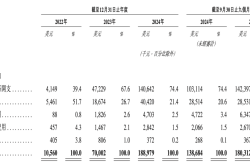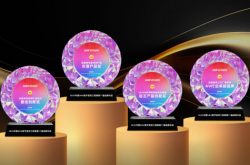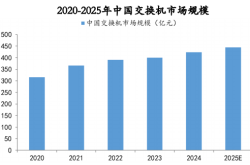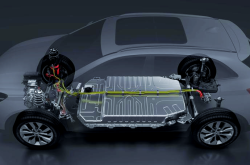A Glimpse into SGMW
![]() 07/29 2025
07/29 2025
![]() 571
571
Produced by | Bangning Studio (gbngzs)
From the vantage point of the second floor of the sleek, smart factory, peering through the transparent glass, a highly automated production spectacle unfolds—
Over 280 industrial robots are seamlessly integrated into 16 unmanned islands. Various unmanned logistics vehicles (AGVs) of diverse sizes and shapes transport parts across these islands, guided by QR codes on the ground, delivering them to their designated spots. Emerging from this intricate dance are one after another Baojun or Wuling vehicle. Despite the scarcity of human figures, the factory operates with remarkable efficiency and order.
This is the world's pioneering island smart factory, a creation of SGMW. It commenced operations in 2023, leveraging the operation digital management platform (EODP) and AI operation large model (EOAI). Cutting-edge technologies such as artificial intelligence, 5G, big data, and edge computing are employed here. Through intelligent island flexible manufacturing, it achieves mass production tailored to diverse and personalized needs.
Traditional automobile assembly lines grapple with two major challenges: first, uncertain demand, necessitating frequent production line changes to meet the market's demand for variety and personalization; second, uncertain dynamic processes, including the impact of personnel, equipment, materials, and assembly quality on production capacity, all of which are mitigated here.
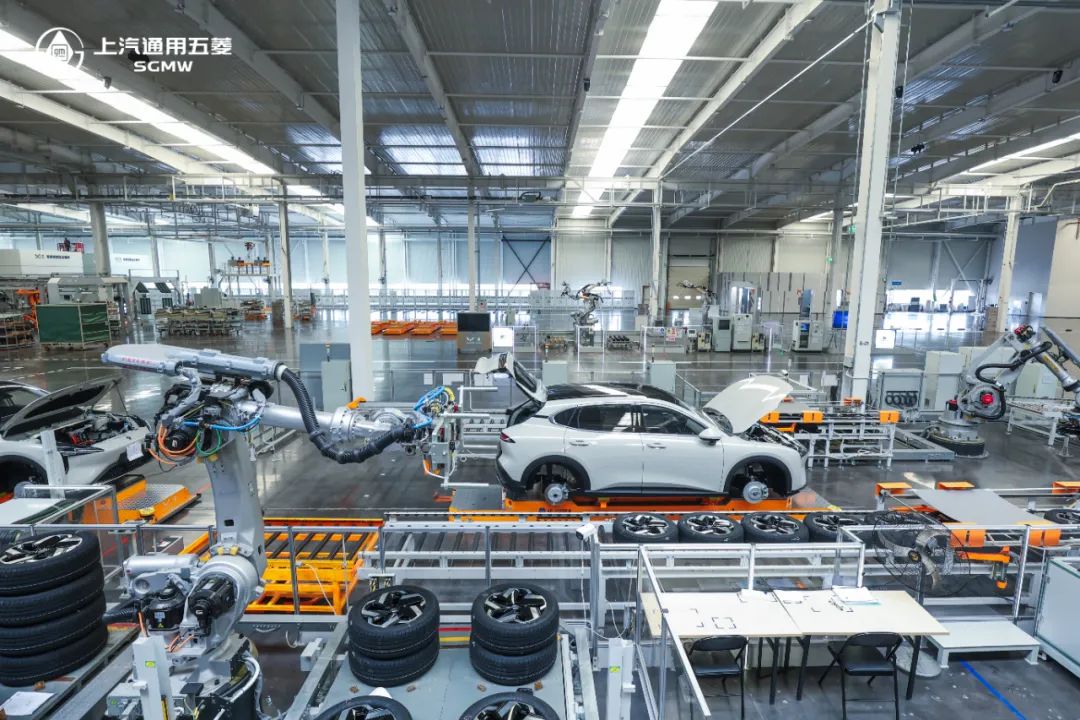
This is not merely an incremental change but a groundbreaking innovation in the realm of automobile manufacturing.
The history of automobile manufacturing has witnessed at least two revolutionary transformations.
The first occurred in 1913 when Ford Motor Company introduced the assembly line, enabling large-scale industrial production and transforming automobiles from luxury items into mass consumer goods, profoundly influencing modern society, culture, and lifestyles. This change was characterized by standardization, processization, and mechanization.
The second took place in 1953 when Toyota Motor, inspired by American statistician Dr. W. Edwards Deming's "Fourteen Points of Quality Management," devised the lean production method centered around just-in-time (JIT) production and automation, aiming to eliminate waste. This transformation was marked by demand-driven operations, zero inventory, and continuous improvement.
After a century of industry evolution, the Ford model and the Toyota model have achieved global renown. Will the current Wuling model emerge as a shining beacon comparable to its predecessors?
The intelligent island manufacturing system has indeed overturned the century-old automobile manufacturing process, reconstructing production workflows, breaking the traditional tandem production model, and ushering in a new era of fully flexible online and offline intelligent manufacturing. SGMW self-assesses its intelligent manufacturing capability as level 5, the highest tier.
Why was it SGMW—a Sino-foreign joint venture with Wuling roots in Liuzhou—that pioneered this type of intelligent manufacturing?
Perhaps it's time to reacquaint ourselves with SGMW.

My first in-depth encounter with SGMW was around 2007. At that time, it had just surpassed its long-standing rival Changan Automobile with sales of 450,000 vehicles, becoming the new king of mini-vehicles.
To put this number into perspective, consider this: In 2006, General Motors and SAIC Motor sold 9.1 million and 1.224 million vehicles respectively, ranking first in global and Chinese automobile sales. Among these numbers, 450,000 vehicles came from their joint venture SGMW. Hence, SGMW was heralded as the "ballast on the scale," underscoring its significance.
SGMW frequently grabbed headlines. Increasingly, people began to study the unique "Wuling phenomenon"—how it rewrote the landscape of China's mini-vehicle industry, long dominated by Changan Automobile? What was its secret sauce for success? Faced with rivals always ready to counterattack, how did it consolidate its position?
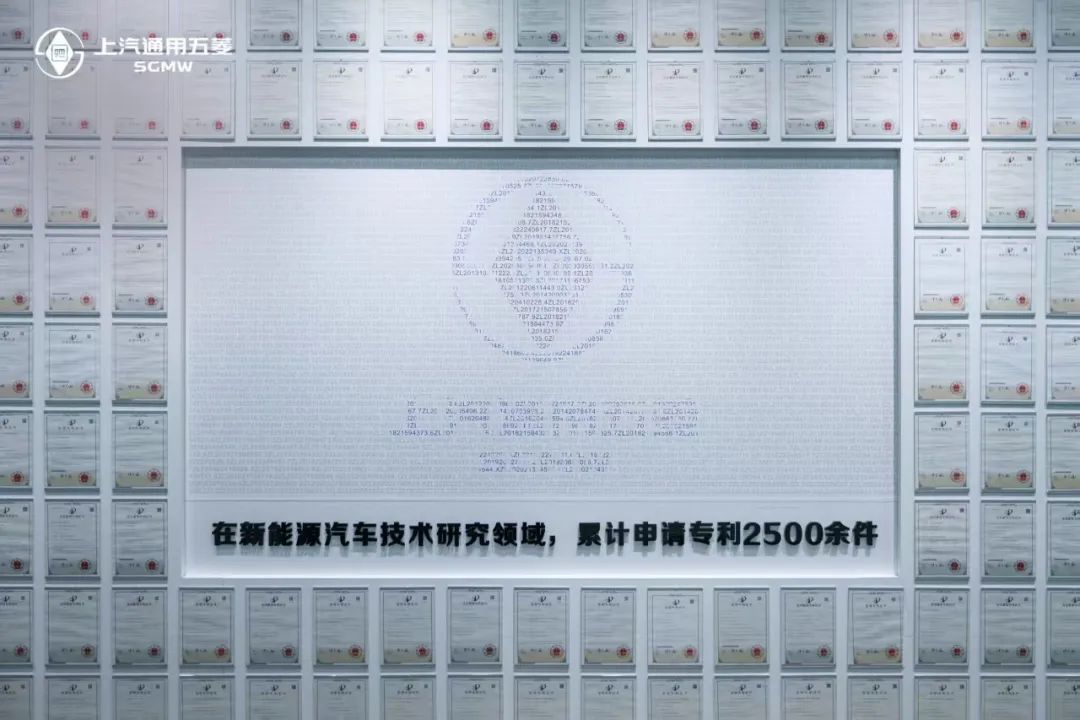
I conducted a comprehensive tracking and investigation of this enterprise, engaging with ordinary employees, channel networks, core dealers, competitors, and management. In 2007, I published an article titled "New King of Mini-Vehicles," partially chronicling SGMW's ascent.
That follow-up visit left a lasting impression on me, not only due to its core business philosophy of low cost and high value and its extensive channel network spanning over 2,000 county-level towns in China, but also because of SGMW's management, particularly its low-profile leader.
SGMW and its industrial chain partners have always grown together through thick and thin, a story well-known to all. A dealer assured me, "As long as Mr. Shen (Shen Yang, then general manager of SGMW) says a word, we will not hesitate to invest our savings over the years because we believe in this enterprise and believe that he can lead us to greater profits."
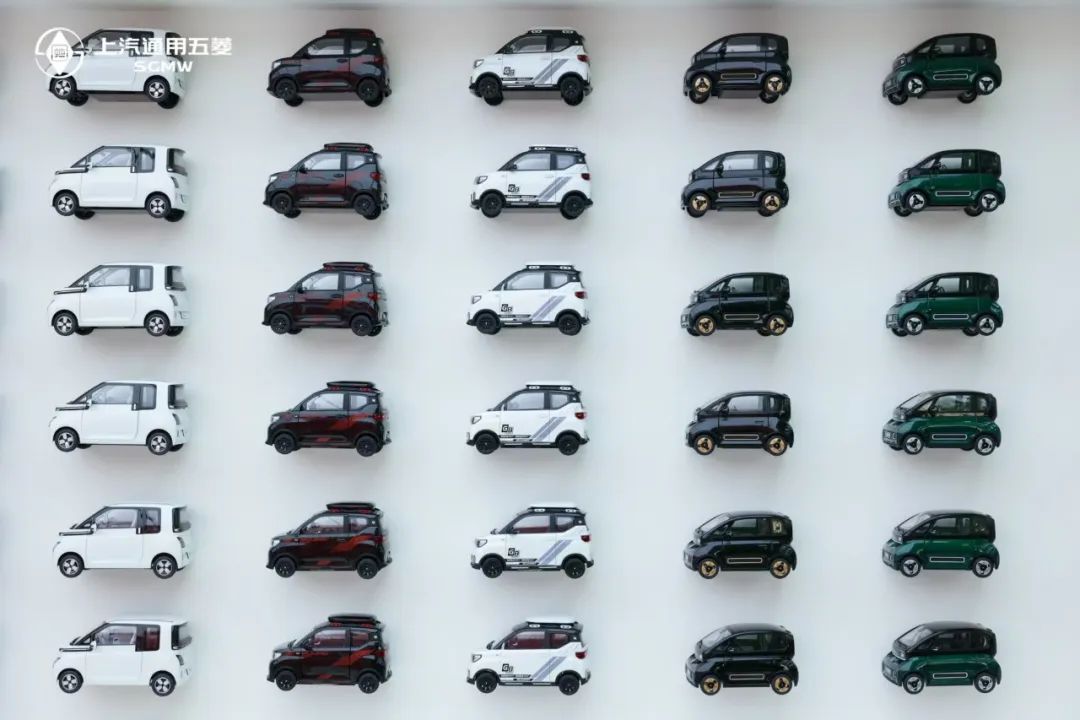
Six years later, in 2013, when SGMW was at its peak, I systematically sorted out its development trajectory.
After perfecting mini-vehicles and transitioning from a follower to a rule-maker in the industry, SGMW timely proposed three new business directions—becoming a leader in the mini-vehicle field, having strong competitiveness in the passenger vehicle field, and being an important participant in the international market.
Many notable milestones followed—
● In 2009, it became the first Chinese automobile enterprise with production and sales exceeding one million vehicles;
● In 2010, it launched the Baojun brand, breaking through brand ceilings;
● In 2016, it became the first Chinese automobile enterprise with production and sales exceeding two million vehicles;
● In 2017, the three strategic goals (business directions) were largely achieved.
I was fortunate to witness many fundamental changes in this enterprise up close during SGMW's rise. I conducted multiple exclusive interviews with Shen Yang and Deputy General Manager Yao Zuoping in the tea room adjacent to the conference room on the 3rd floor of its Liuzhou headquarters.
During each interview, these two leaders, always dressed in work clothes, engaged in lively chats. Topics ranged from corporate governance, business philosophy, the mini-vehicle ceiling, reflections on Baojun, internationalization paths, and the cultures of large enterprises versus small companies.
However, there was little discussion about their personal journeys leading the enterprise. They are not the type of aggressive leaders or erudite theorists who can paint a thrilling vision of the future or articulate a passionate business philosophy. In January 2014, I wrote in the article "Wuling Genes"—
'At SGMW, the partnership between Shen Yang and Yao Zuoping is another classic case: they are wise and open-minded, highly integrated yet distinct, but both are highly sensitive to new things. Such a scene often occurs: every time SGMW launches a new car, the first test driver is undoubtedly Shen Yang. He drives while Yao Zuoping sits in the passenger seat. They truly see themselves as consumers, criticizing the test car, and after identifying flaws, they summon different personnel to the tea room for conversations, instructing them to make swift rectifications.'"
I had been relentlessly searching for the core competitiveness of SGMW and finally found part of the answer: first, the team; second, staying attuned to consumer demand; third, execution.
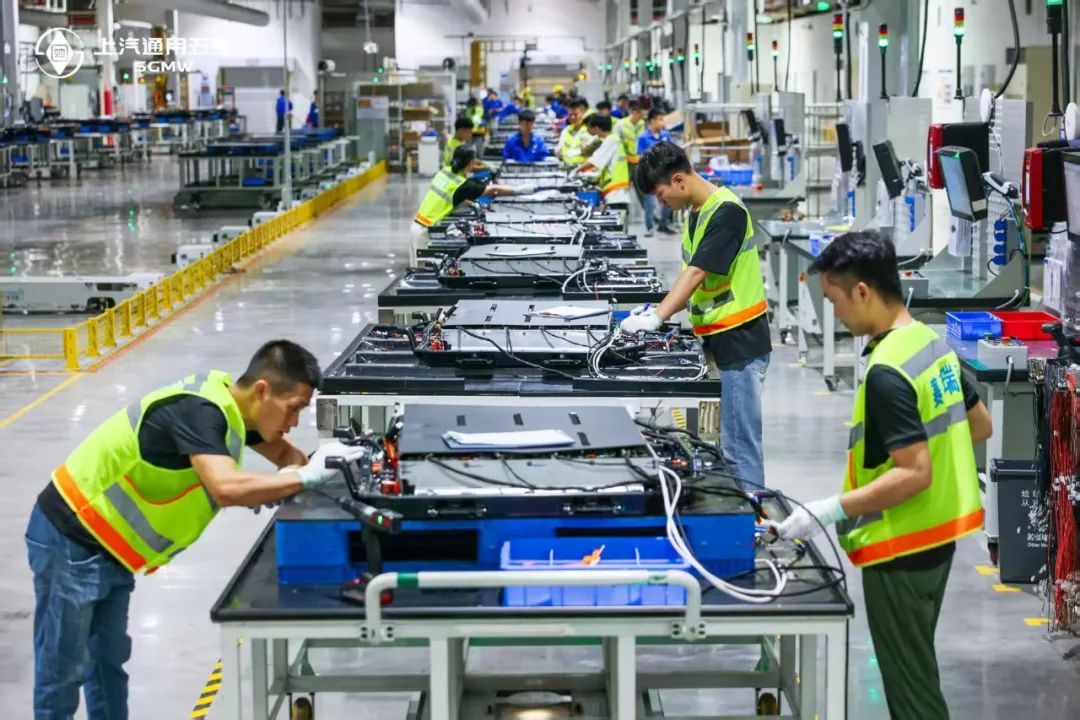
A turning point soon arrived.
In 2018, on the occasion of Wuling's 60th anniversary, the management was a mixture of joy and sorrow—although its production and sales exceeded two million vehicles for the fourth time, it missed its annual target for the first time. The highly anticipated Baojun brand, after surpassing one million in sales, began to show signs of decline.
How to transcend the two million vehicle ceiling? How to make the "Liuzhou model" transcend Liuzhou? This king issued an early warning for the first time that "winter is coming." In March 2019, I wrote in the article "Wuling on the Left, Baojun on the Right"—
'If we have the opportunity to reflect on this lengthy 60-year journey, how likely are we to discover another Wuling? Will it still be the Wuling that has repeatedly created myths and captured the industry's attention? Or will it remain the hidden champion far from the public eye?'"
"The answer is uncertain. But now, everything must start anew, beginning with embracing an unprecedented winter.'"
The crux of the matter lies in the breakthrough of the Baojun brand. Amidst the twists and turns and separations and reunions with the Wuling brand, the Baojun brand has never been able to accurately pinpoint its target user group. To some extent, it resembles a parasitic brand reliant on the vast base of the Wuling brand.
Where will the Wuling brand and the Baojun brand go from here? I have been observing and pondering over this.

Time flies like a dream.
Another six years have passed. When I revisited SGMW this June (2025), we successively toured Saike Technology, Guangxi New Energy Laboratory, Baojun Base, and the lean smart island factory. Later, we spoke with Han Dehong, deputy secretary of the Party Committee and deputy general manager of SGMW, for an article titled "'Whatever the people need, Wuling will make it,' not just a slogan."
A month later, I joined forty or fifty "Wuling old friends" from across the country for another visit. In midsummer July, standing before tangible real-life scenes and technological innovations, listening to the explanations of the young management team of post-85s and post-90s just beginning to shine on the stage, I deeply sensed that a youthful, differentiated, and vibrant SGMW is emerging.
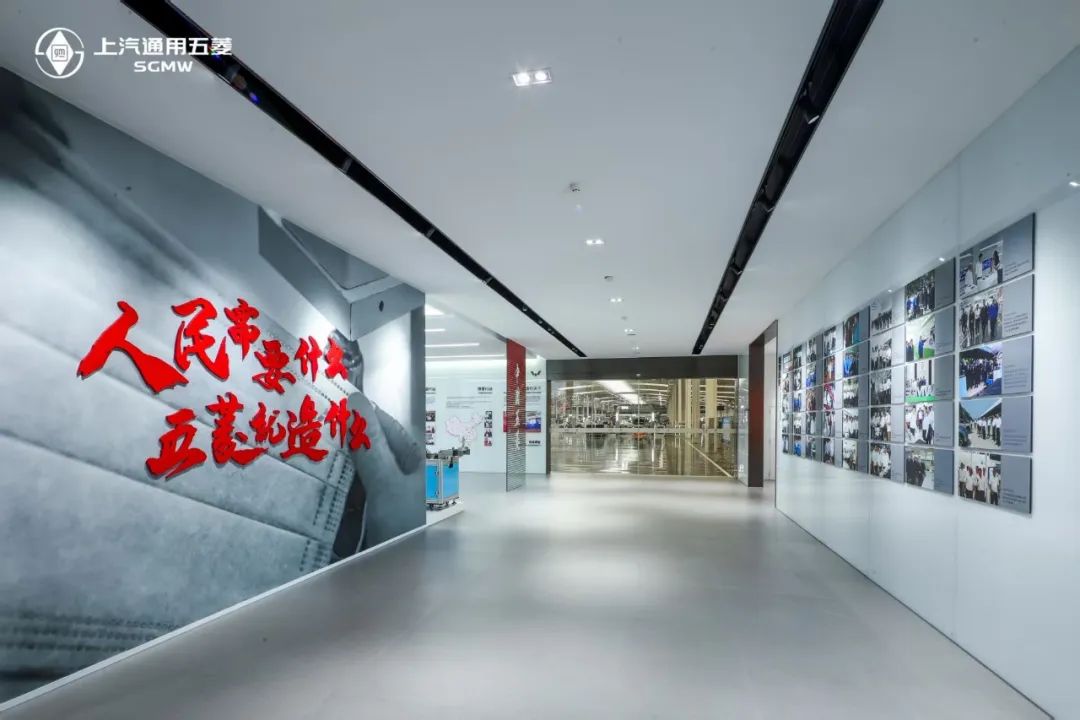
At the same time, I was also observing and pondering: how to reacquaint ourselves with SGMW? In the second half of the new era of intelligent automobiles, how is this automaker transforming and evolving?
They have proactively deployed the "One-Two-Five Project."
'One' refers to the construction of the Guangxi New Energy Automobile Laboratory, the innovation hub of the entire project. 'Two' refers to building two million-vehicle-level product scales for pure electric and hybrid vehicles. 'Five' refers to the development of five ten-billion-yuan-level emerging industrial clusters, namely, energy systems, electronic and electric controls, smart electric drives, intelligent mobile robots, and business innovation.
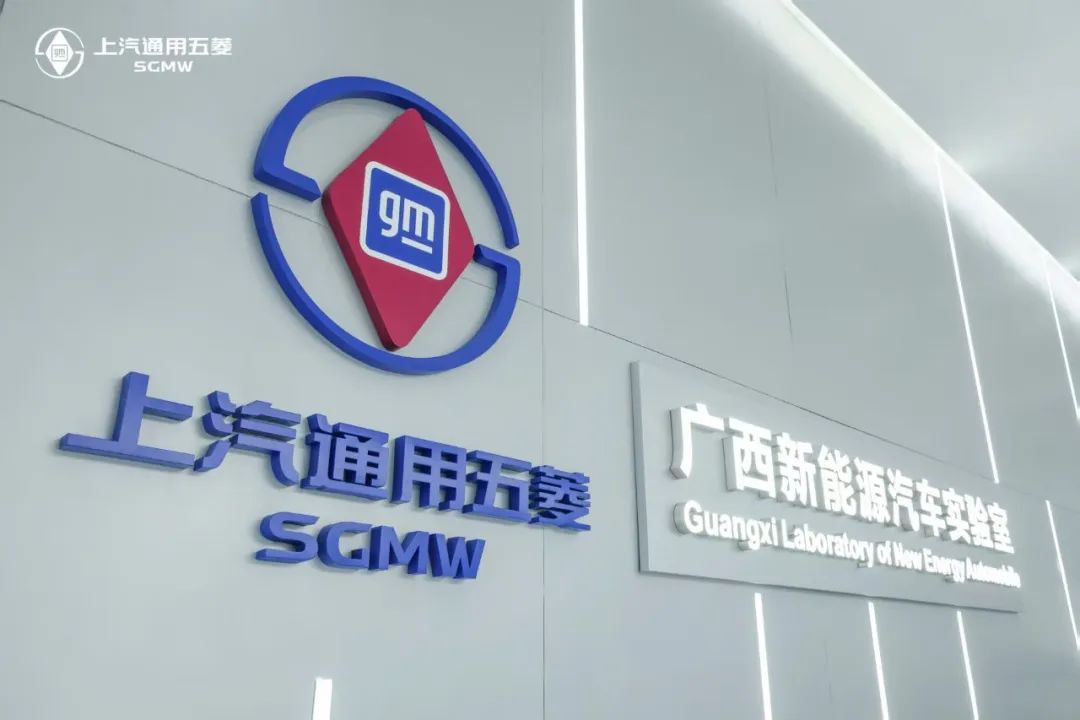
They have initiated a new "three transformations," namely, reshaping the product core through electrification and intelligence, reconstructing the industrial ecology through digitization, and redrawing growth boundaries through globalization, propelling the enterprise towards comprehensive upward transcendence.
From this perspective, the island smart manufacturing mode is undoubtedly one of the fruitful outcomes of the "One-Two-Five Project" and the new "three transformations."
According to Zhao Xiaobin, deputy general manager of SGMW, the island smart manufacturing mode deeply integrates digitalization, networking, and artificial intelligence technologies, realizing six innovative modes—decoupled processes, reconfigurable production lines, adaptive production capacity, value-added data, evolvable systems, and expandable models.
The results are evident. To date, the factory supports over 20 vehicle models, achieving a 30% increase in manufacturing efficiency, a 31% decrease in single-vehicle manufacturing costs, a part assembly precision of 0.1mm, an 80% increase in logistics efficiency, a 50% increase in automation rate, and 100% data traceability throughout the product lifecycle.
It has also garnered high praise from academicians.
On July 15 of this year, a delegation of academicians and experts visited SGMW to observe the flexibility and intelligence of the island assembly process under the intelligent island manufacturing system. Li Peigen, academician of the Chinese Academy of Engineering and chair of the National Expert Panel on Intelligent Manufacturing, described it as "a refreshing sight." He remarked that the first two automotive industrial revolutions were initiated by foreign countries, and he is finally witnessing a new paradigm led by the Chinese in the third revolution.

Zhou Ji, academician of the Chinese Academy of Engineering, stated, "In the final year of 'Made in China 2025,' I have seen what intelligent manufacturing should look like."
Zhong Zhihua, vice president of the Chinese Academy of Engineering, believes that the Wuling lean smart factory signifies a revolutionary change in automobile production modes, and this mode merits further cultivation and promotion.
In terms of technology, SGMW has gradually established the Tian-Ling-Shen system, encompassing architecture, smart manufacturing, hybrid power, assisted driving, cabins, and batteries.
At the heart of the technology system lies a people-centric approach. Liu Changye, General Manager of the SGMW Technology Center, emphasized, "We don't create unaffordable luxuries; instead, we focus on necessities that benefit the masses, consistently exploring technologies that are accessible, usable, and effectively utilized by everyday individuals."
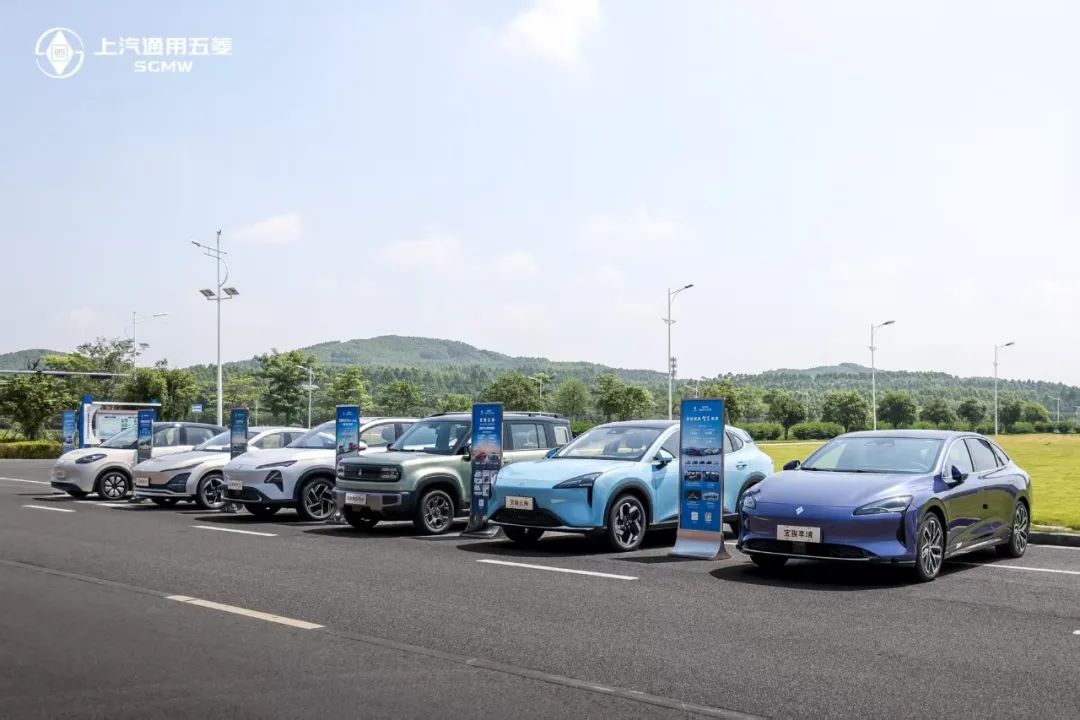
Moreover, globalization is a key aspect. From exporting complete vehicles and chartering ships for overseas ventures to achieving full autonomy, SGMW has cultivated a unique model for international expansion. To date, it has successfully penetrated markets in 104 countries and regions spanning Central and South America, the Middle East, Africa, and Southeast Asia. Looking ahead, the company aims to intensify its "India-Malaysia-Thailand Integration" strategy and broaden its fully autonomous model's reach into Europe, the Americas, Africa, and beyond.
Returning to the initial query, how do we depict SAIC-GM-Wuling today?
Following this visit, my perspective is that SAIC-GM-Wuling is grounded in the corporate philosophy of "wherever the people's needs lie, Wuling will deliver," with the Wuling and Baojun brands serving as its foundation. Under the stewardship of a new generation of leaders, the company is embarking on a fresh journey, armed with a new roadmap, into the burgeoning era of automotive innovation, seeking out new territories where it can firmly establish itself and flourish.


